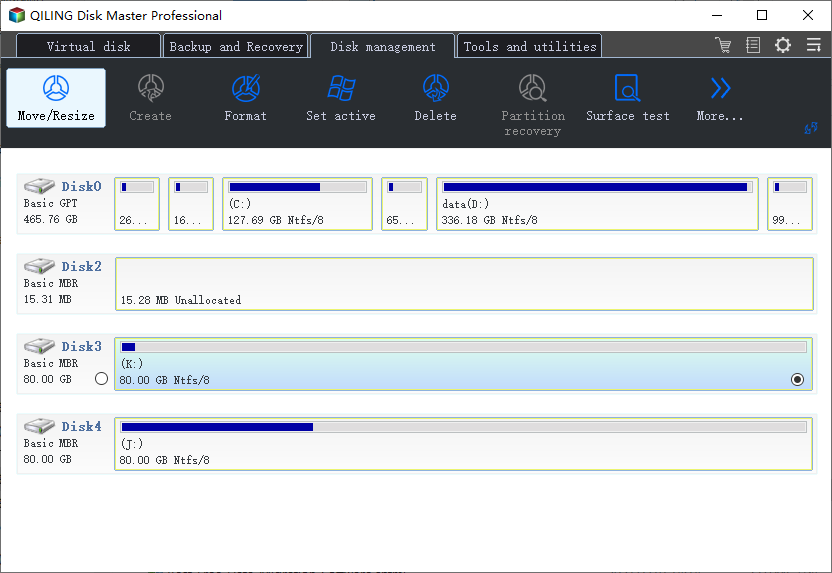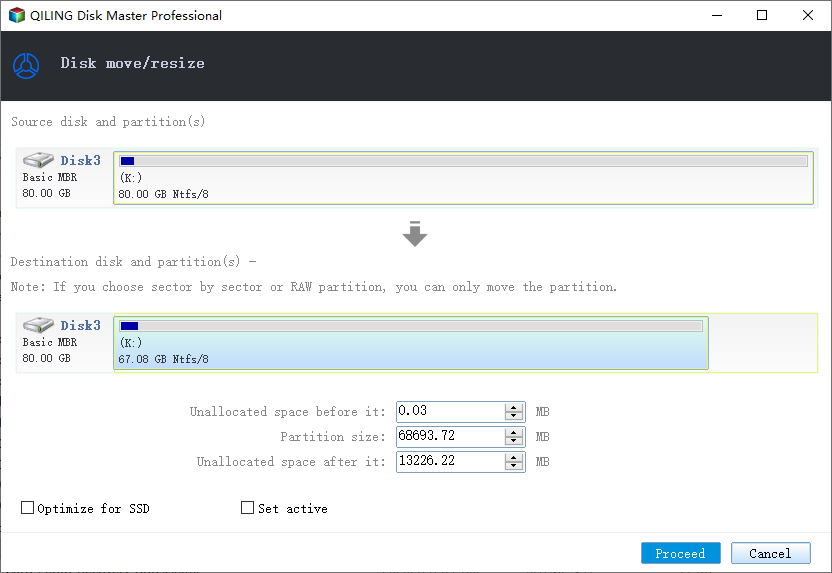[Fixed] Can't Save Files to USB Flash Drive
Are you having problems of saving files to your USB flash drive? Try the following 3 quick and practical fixes to resolve this issue now:
Fix 1. Convert FAT32 USB to NTFS
Fix 3. Obtain permission to save files
Can't save files to the USB flash drive
"I'm in deep trouble saving files to a SanDisk USB flash drive. My computer recognizes the flash drive but I can't save pictures or documents to it. Ctrl C+V is not working, the 'save' or 'save as' option is not working, even dragging files directly to the flash drive is still not working. What's the problem? How to save files to a USB flash drive as usual?"
Being a removable storage device that is portable, a USB thumb drive, memory stick or floppy disk is designed to store data so that people can take it anywhere and transfer files easily. Since a flash drive that cannot save files is useless, you must spend some effort in finding a troubleshooting method so as to bring it back to life.
3 ways to fix flash drive not saving files properly
Here, three workable methods are available for you when you can't save files to a USB flash drive, or when your flash drive is not saving files as it could have, including formatting FAT32 to NTFS, extending volume size and obtaining access permission.
Fix 1: Format the USB flash drive and convert FAT32 to NTFS
If you are unable to copy or save files to the drive due to the error 'file is too large for destination file system', you should know that the cause of the problem is related to the file system of the device. The common file systems of an external USB drive, USB or memory card are NTFS, FAT32 and exFAT. When your file is larger than 4GB and your flash drive comes with FAT32, you can't save the file there due to the file system's maximum file size is 4GB.
To fix the matter, you can either use Windows Disk Management to format FAT32 to NTFS or use a third-party Qiling Partition Master to convert FAT32 to NTFS directly without erasing data. For data safety, we bly recommend you try the professional solution without data loss.
Download and install Qiling partition manager on a Windows computer. Make sure your flash drive has connected to the machine correctly. Then follow the steps below to convert your FAT32 to NTFS.
Read More: Convert FAT32 to NTFS
Fix 2: Extend volume size when the disk is almost full
Step 1. Shrink partition to free up space to extend partition.
If the hard drive has enough unallocated space to extend the target partition, jump to Step 2, and continue. If not, free up space first:
1. You should first select the drive/partition that want to adjust its size and select "Resize/Move" in the "Disk management" page.

2. To shrink the partition, simply drag one of its ends to free up unallocated space and click "Proceed" to start resize the partition.

Step 2. Extend target partition.
1. You should first select the drive/partition that want to adjust its size and select "Resize/Move" in the "Disk management" page.
2. To extend the partition, make sure that there is unallocated space aside (if there isn't, follow the above steps to create some). In the same way, drag your mouse into the unallocated space and click "Proceed" to start resize the partition.
Fix 3: Obtain permission to save files to a specific location
Now we're arriving at the last commonly seen error that will cause the trouble, which is "you don't have permission to save in this location, contact the administrator to obtain permission". This happens a lot when you're trying to save certain Microsoft files.
Step 1: Press the "Windows + R" keys simultaneously and open "Run".
Step 2: Type netplwiz and hit "Enter" to open the "User Accounts" settings box.
Step 3: Select the user account that gives the error message.
Step 4: Click on "Properties" and then "Group Membership", select "Administrator" and click "Apply".
Hope the three approaches we've given can help to solve your trouble in saving a file to a USB flash drive or memory card. If none of the fixes works, it's highly like that your flash drive is write-protected. Try to remove write protection and get rid of the problem "flash drive won't save files".
Related Articles
- How to Partition Hard Drive Disk without Formatting
- Clone Hard Drive to Larger Drive Without Reinstalling Windows and Programs
- How to Solve Windows 11 Update Not Enough Space (5 Ways)
- Windows Detected A Hard Disk Problem? Fix it NOW!
- How to Install Windows 11 on Windows 7 (Get In-depth Guide)
- Format EXT4 on Windows 10,8,7 with Best EXT4 Format Freeware